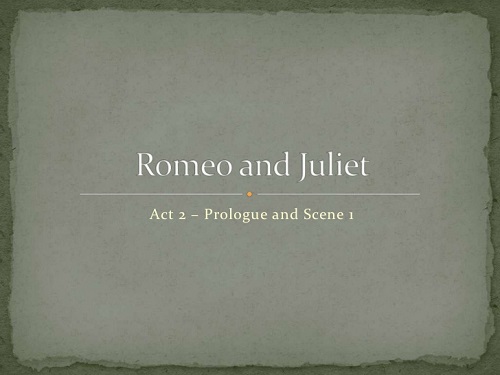

In a performance or a drama, acts and scenes are vital in sequencing or separating the narration or story into manageable parts for the audience, the actors, and the people working behind the curtains. The division of the performance is also important for ensuring a good flow of the narration or story itself.
The act and the scene are both visible in the play’s script and performance. For instance, in script form, both the act and scene headings are styled with capital letters in order to have a visual and distinct separation of one progression to another for the actors as well as the other people involved.
However, the similarity between an act and a scene ends there. An act is often defined as the major division of drama, and it forms the basic structure of a performance. In a script or play, the act heading is in capital letters, followed by the act number in Roman numerals. The number of acts is dependent on the playwright or director. Each act often lasts for 30 to 90 minutes, but it can be shorter if there are many acts or if the play or performance is not in the conventional full-length duration.
An act is very long because it is a collection of different scenes that flow together, and it establishes a major part of the story. Since the acts are very long, there are allotted breaks or intermissions between acts. The intermission is used for the actors and the people in the production to prepare for the next act while the audience can refresh themselves or socialize with other patrons.
Breaking or outlining a play or a performance into acts should be carefully designed to fit the story flow. Many plays are already put in sequence by their respective playwrights, but a director can also do this if they want to have a new interpretation of the play.
On the other hand, a scene applies to different things in the theater. A scene can refer to the actual action that takes place in a specific and single setting and moment in time. It usually begins with the entrance of an actor (which starts the action) and ends with the exit of the actor (the signal of the end of action). This brief dialogue and action move the flow of the narration from scene to scene and from act to act until the whole performance is over.
Since a scene is not long and needs to move on to another scene, it is a component of an act and a smaller portion of the whole play. It is usually a few minutes long (depending on the dialogue and action) compared to a whole act.
In a script, the scene title is in capital letters accompanied by ordinal numbers. A scene also refers to the scenery or fixtures placed on the stage to provide the atmosphere and environment of a particular scene or piece of action. The scene, as a fixture, reinforces the action and gives it depth and a realistic context.
1.Both an act and a scene are part of a play or performance. The main difference between the two is in their length and depth.
2.An act consists of several scenes and can run for a long time in a performance. On the other hand, a scene features a brief situation of action and dialogue.
3.The act is the main tool of separating the whole performance with intervals or intermissions. It can be separated by the number of scenes, while a scene cannot be divided but can only move on to another scene where the action or flow of the story continues.
4.Both act and scene headings are expressed in capitalized letters in script form. The act is usually followed by a Roman numeral, while a scene is accompanied by an ordinal number.